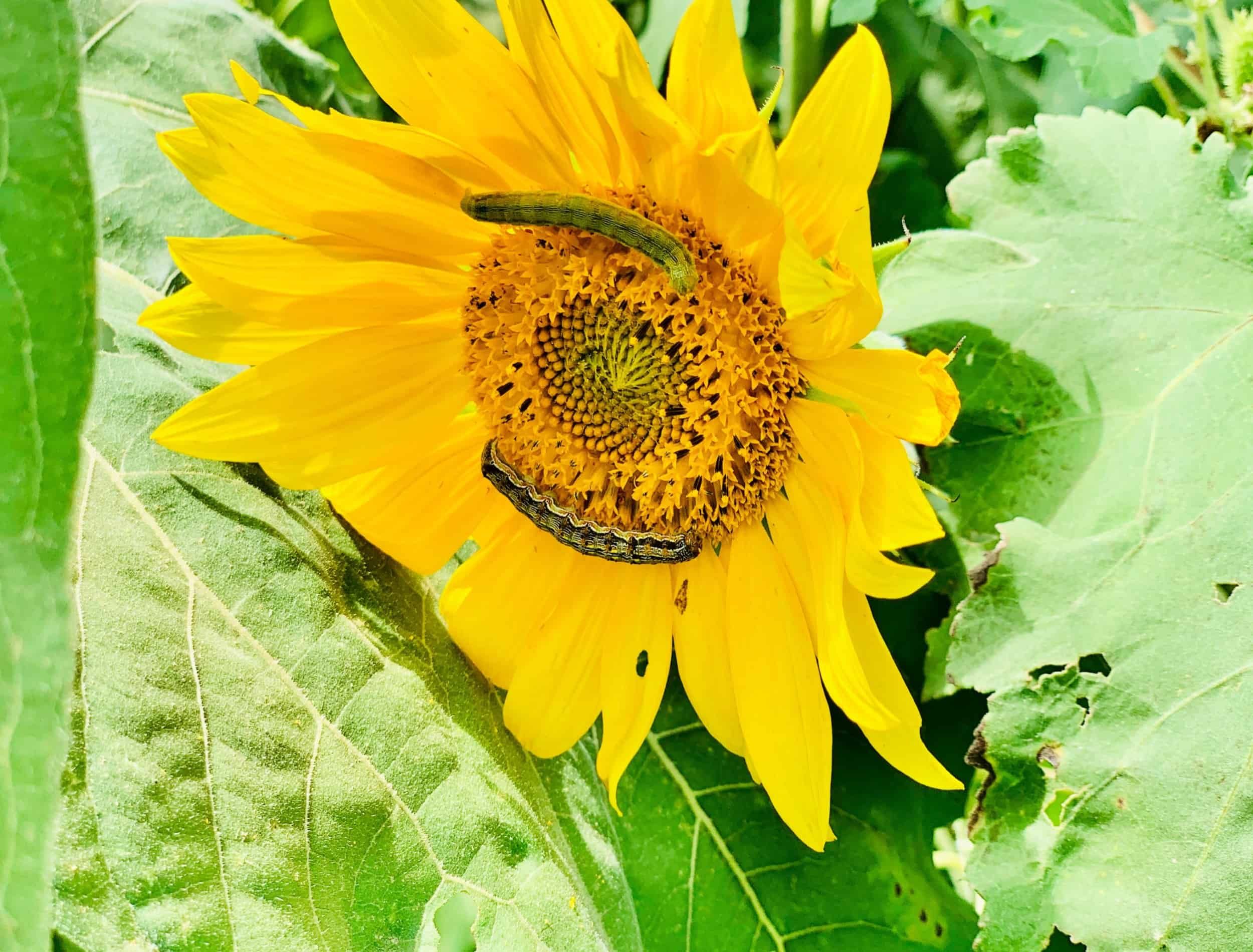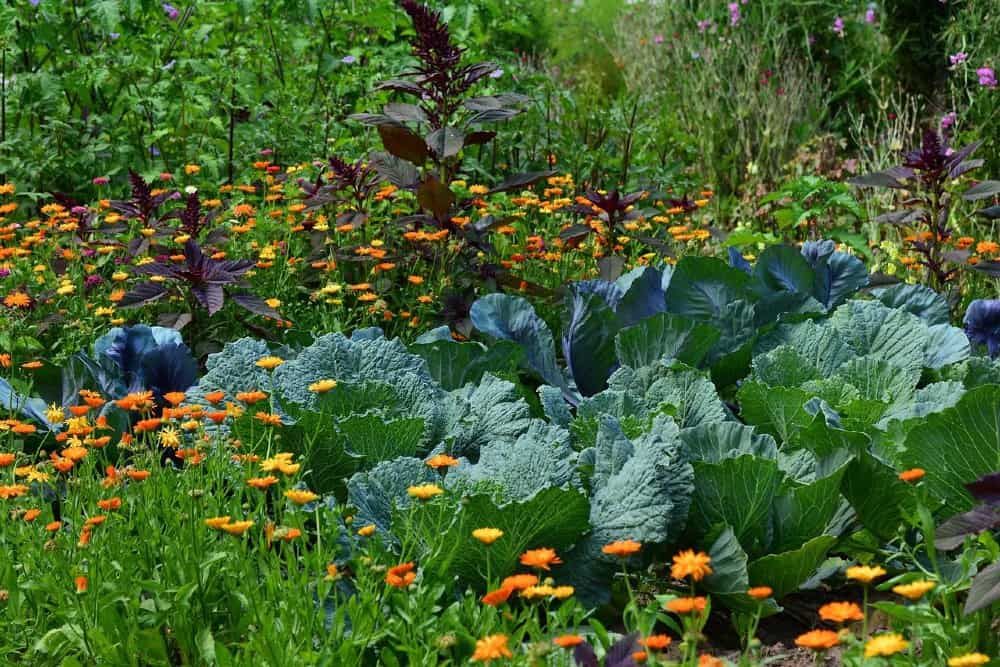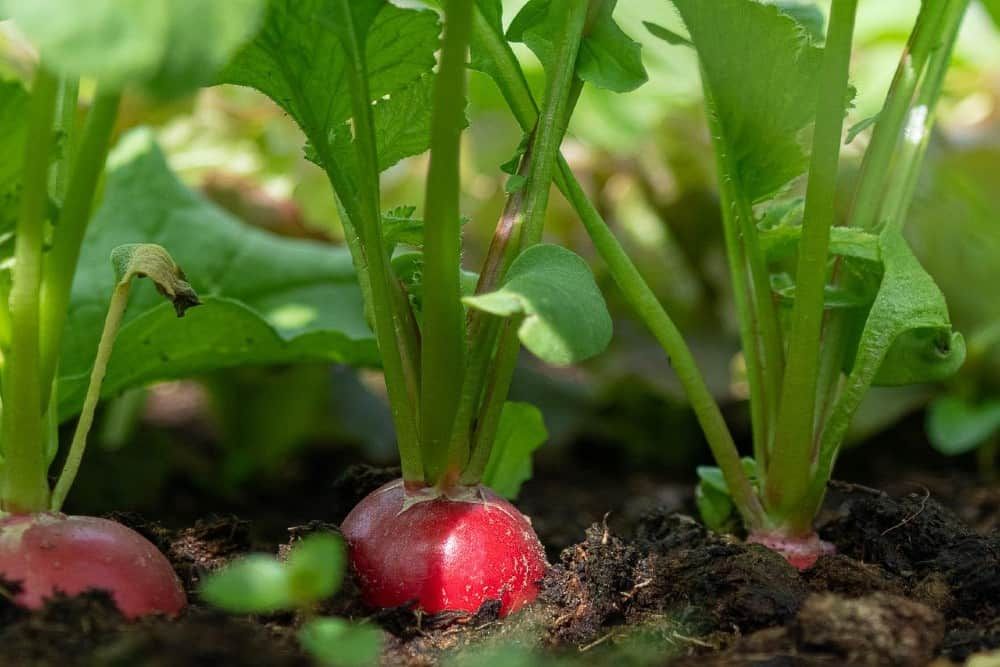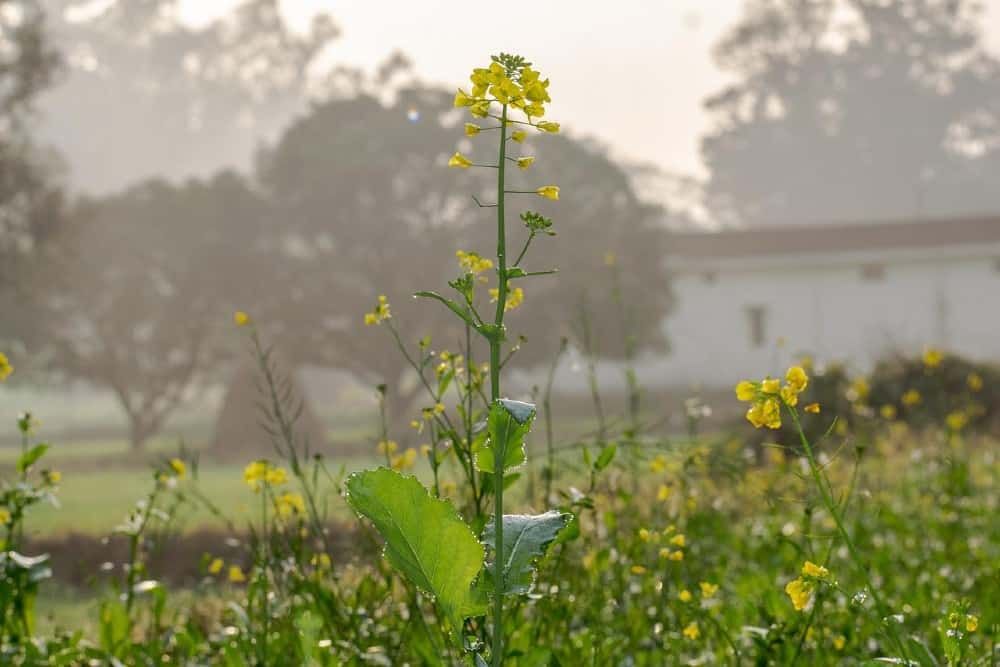Think of trap plants as your garden martyrs. The term refers to plants sown early and grown expressly to be eaten by those pests that would otherwise chow down on your favorite garden fruits and vegetables.
Trap plants should be planted well in advance of any other garden vegetable and, once infested with pests, can be dealt with by picking off bugs by hand, or using pesticides on those areas.
Below is a list of trap plants and the plants that benefit from them so that you can get the most out of your growing season!
1. Marigolds
Image credits: Jan-Mallander via Pixabay
Aside from their cheerful petals, marigold’s superpower lie in their ability to repel and attract certain bugs. When used as a trap crop and planted early, marigolds can be overrun with spider mites, aphids, beetles, maggots, and more -- saving your close-by vegetables.
Marigolds can be used as a trap plant alongside tomatoes, cabbage, tender salad leaves, and squashes to ensure they thrive. These flowers are easy to care for. They're known to thrive in any soil and will bloom eight to ten weeks from planting.
2. Dill
Image credits: grom900 via Pixabay
Dill is a perfect foil for several garden vegetables because they attract tomato hornworms. Hornworms aren’t picky about what they consume, they’ll eat most nightshade vegetables (tomatoes, eggplant, bell peppers, potatoes). But, for some reason, like dill over other veggies.
Dill also attracts cabbage worms, aphids, spider mites, and squash bugs away from your other plants.
Growing conditions for dill to thrive include well-draining soil, six hours of sunlight, and no harsh winds.
3. Nasturtiums
Image credits: congerdesign via Pixabay
Bright nasturtiums are great for luring aphids, cabbage moths, and cucumber beetles from your cabbage, kale, and broccoli plants. These will work best as trap plants for any aphid-prone vegetable in your garden.
Nasturtiums are another easy-to-care-for plant with an abundance of varieties. Choose bush-like nasturtiums in full to partial sun for the best pest-attracting properties. Surprisingly, these plants also enjoy poor soil. Rich soil will lessen their blooms.
4. Radishes
Image credits: Wenzlerdesign via Pixabay
This hardy root vegetable is a great trap plant if flea beetles, aphids, cutworms, harlequin bugs, or cabbage loopers have been an issue in your garden. They will keep these pests from broccoli, cabbage, turnip, kale, and your nightshade plants. Radishes grow best in cool climates, so remember that when choosing which trap plants will work best for your garden conditions.
5. Sunflowers
Image credits: Rodolpho Zanardo via Pexels
The list of bugs and small rodents that love sunflowers is long! Moths, aphids, stink bugs, leaf-footed bugs, beetles, snails, and cutworms are some insects that are attracted to them. The draw continues for mice, rats, chipmunks, squirrels, and rabbits, among other things, so be wary of that before you plant these in your garden.
These striking flowers are a great plant to sacrifice near your tomatoes and cucumbers. Another draw for sunflowers is that bugs are easier to spot, so you'll know if your trap plant is doing its job!
As the name suggests, sunflowers need a lot of sunlight to flourish.
6. Indian Mustard Plants
Image credits: balouriarajesh via Pixabay
Indian mustard plants are great for saving your broccoli, cabbage, and kale because they're part of the same family. Although they're an edible and delicious addition to any garden, they're also stellar at attracting pests and therefore are a perfect trap plant.
Aphids, beetles, and Harlequin bugs enjoy mustard plants far more than vegetables. Mustard plants come in various cultivars, ranging from six to twenty-four inches tall, and whichever you choose will depend on your preference. They prefer full or partial sun to grow best.
7. Okra
Image credits: feraugustodesign via Pixabay
If okra isn't your favorite vegetable to eat, it can still have a place in your garden as a trap plant! Okra will do its job best near tomatoes and keep aphids off of their vines. Tomatoes are notoriously sensitive to bug infestation, so having a variety of trap plants like okra can help keep pests away from them.
Okra does best in full-sun areas and well-draining soil. Once the okra shoots have sprouted, thin the plants so that they're spaced one foot apart.
Go Get Those Bugs!
Trap planting is a natural way to ensure a great vegetable crop throughout the season. As with all gardening efforts, the process is half the fun. So don’t be shy to dig around your own garden and see which plants will work best as trap crops for you.
Let us know in the comments below which trap crops you’ve had the most success with!








